Growing Annuals
Annuals are plants that grow, flower, set seeds, and die in one growing season. Annuals typically require light maintenance throughout the growing season. This upkeep keeps them flowering and fruiting up to the first hard frost of fall. A wide variety of annuals include cool-season and hot-season fruits and vegetables, along with purely ornamental flowers, foliage plants, and vines. The most popular summer annuals include sunflowers, lettuce, petunias, basil, snapdragons, and nasturtiums. These colorful plants are the perfect guest stars in the garden. They can be added to mixed seasonal planters for pops of color and texture or grown to provide produce for the kitchen garden. Some gardeners plant annuals yearly to satisfy their design needs and creativity.
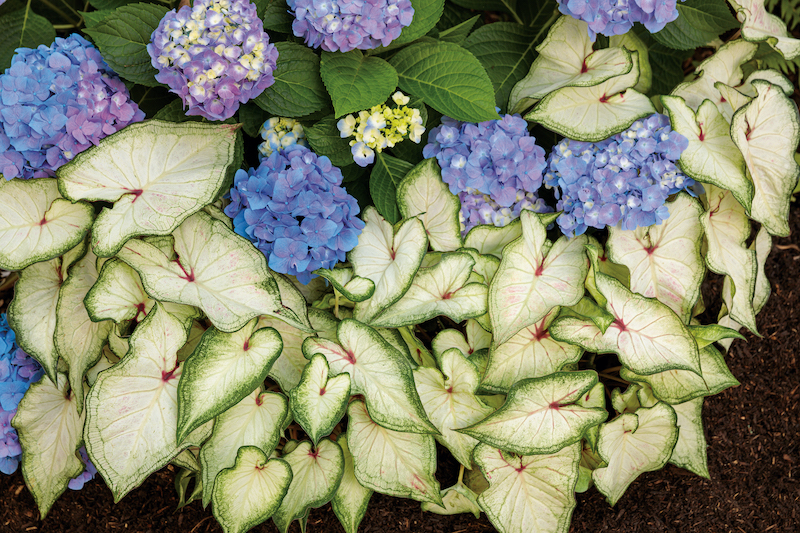
Planting Annuals
Annuals will need to be replaced on a yearly basis and are easily incorporated into existing designs or container displays. These plants require more fertilizing and regular watering to support heavy flowering and fruiting. Extended-release, granular fertilizers are great for annuals since they can be added to the soil when planting and may last for more than four months. Always choose a location with the correct amount of sun or shade that is indicated on the plant tag or description. Sunny annuals need a spot with full sun for at least 6 hours a day, while partly shaded annuals will thrive in all-day dappled shade or very early or late-day sun. Ensure that the planting location has excellent draining soil that can remain consistently moist. Mulching with 2-3 inches of arborist chips or compost helps the soil stay cool and retain moisture longer.
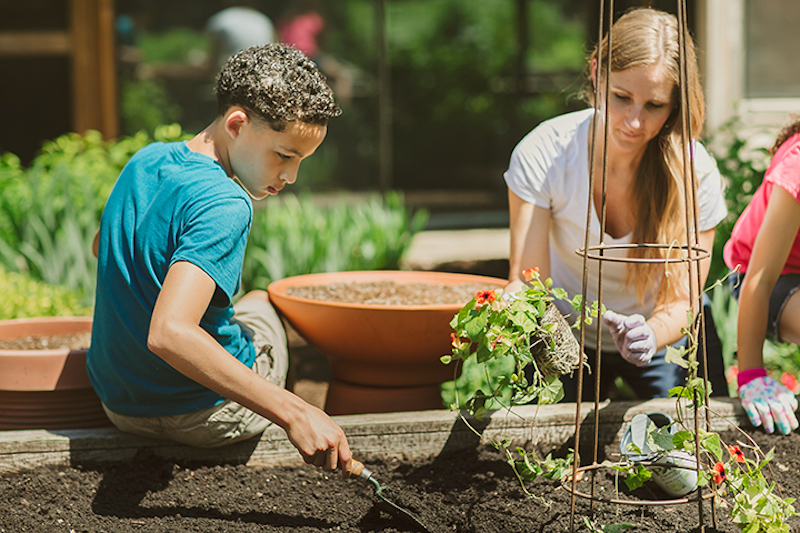
Watering Annuals
Annuals grow best when plenty of water is made available from natural rain or supplemental watering with a soaker hose or drip irrigation. One inch of water per week is standard for keeping annuals growing well, although more water may be required during extremely hot and dry periods. Apply water when the top 1-2 inches of soil are dry and before the plant begins to show any stress from dehydration. The typical signs are drooping leaves and stems, curling leaves, and flowers falling off the plant before they open. Annuals can be susceptible to root rot and foliar diseases when they are overwatered, or watered with overhead sprinklers.

Fertilizing Annuals
Annuals are generally grown for profuse displays of flowers and need fertilizer that supports flower formation all season. Formulas with higher amounts of phosphorus and potassium are ideal and sometimes referred to as blooming and rooting mixes because higher amounts of P and K support flowers and root development. In contrast, high levels of nitrogen support heavy leaf growth. Mix a granular, slow-release or extended-release fertilizer into the soil at the time of planting; this is an easy way to provide steady nutrition levels for up to six months. Alternatively, organic fertilizers are a good choice, especially if the annual will be eaten or used as a garnish. Following the manufacturer's instructions, apply a diluted liquid seaweed or fish emulsion throughout the growing season. Typically a drenching feed every two weeks will satisfy most annuals.
Pruning Annuals
Deadheading and pinching back of stems are the two main pruning techniques for annuals. Both result in increased flower production and a compact, tidy shape. Deadhead your annuals when the flowers begin to die back. This keeps the plant from setting seed and extends its growing season. Some annuals, such as petunias or pansies, will begin to flag or grow slower during the hottest part of the summer. A shearing back of the whole plant by half will promote fresh new growth, resulting in another flush of flowering late in the summer and, with luck, well into the fall. Pinching of the branch tips early in the season results in a denser plant with more branches and ultimately more flowers through the growing season. Pinch out the top 1-3 sets of leaves, just above a set of buds.

Caring For Annuals in Pots
Containers and annuals are a match made in heaven, although they will require more maintenance than annuals growing in the ground. Start with a potting mix with plenty of perlite or coconut coir added to ensure good drainage and a light texture. The drainage holes at the bottom of the container need to allow for quick drainage. Watering may have to be checked daily if the weather is hot or the container is small. Allow only the top 1-2 inches of potting mix to dry before watering long enough to see water coming from the bottom drainage holes. Fertilize with a rooting and blooming formulation with an NPK ratio of 1-4-2. Mixing a slow-release fertilizer into the potting soil will eliminate the need for repeated feedings and slowly deliver the right amount of nutrients all season long. Ensure that all plants in a container have the same water and light requirements. Drought-tolerant plants such as salvia and cosmos will not grow well alongside plants that require shade and moist soils, such as impatiens or fiber optic grass.
Winter Care for Annuals
While some true annuals can be encouraged to grow in a heated greenhouse or windowsill for the winter (think basil or calendula), the shorter days and lack of bright light of the fall and winter often trigger annuals into setting seed and dying back. Seeds from these true annuals can be saved at the end of the season so that they can be started six weeks or more before the final frost in spring. These plants are best removed from the container or garden after they die and added to the compost pile. Other plants commonly grown as annuals include biennials (which set seed and die after two growing seasons) and tender perennials (which are fully hardy in their native climates). These plants can be brought indoors over the winter and placed on a south-facing windowsill or in a frost-free garage or greenhouse to enter a semi-dormancy period. The more common tender perennials are pelargoniums or geraniums, begonias, and a range of herbs like tarragon and lemon verbena.
Caring for Annuals
 |
Author Robbin Small - Published 1-12-2023 |

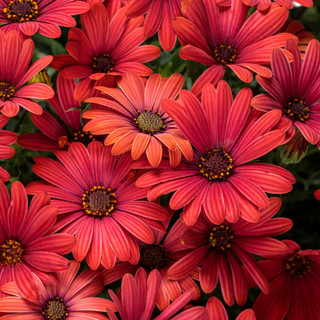 African Daisy Care
African Daisy Care Alyssum Care
Alyssum Care Bacopa Care
Bacopa Care Begonia Care
Begonia Care Caladium Care
Caladium Care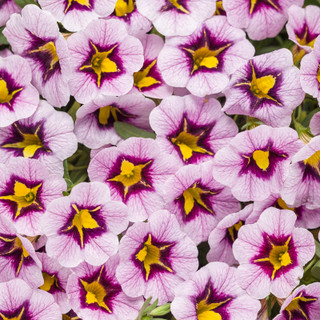 Calibrachoa Care
Calibrachoa Care Coleus Care
Coleus Care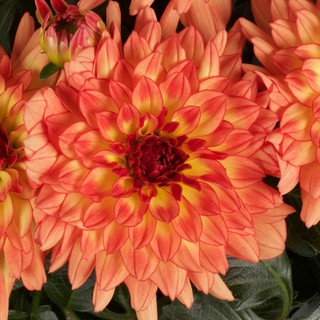 Dahlia Care
Dahlia Care Elephant Ear Care
Elephant Ear Care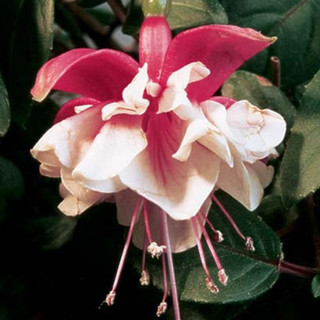 Fuchsia Care
Fuchsia Care Geranium Care
Geranium Care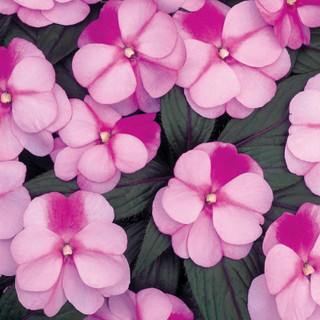 Impatiens Care
Impatiens Care Lantana Care
Lantana Care Mandevilla Care
Mandevilla Care Nemesia Care
Nemesia Care Pansies Care
Pansies Care Petunia Care
Petunia Care Purslane Care
Purslane Care Snapdragon Care
Snapdragon Care Sunflower Care
Sunflower Care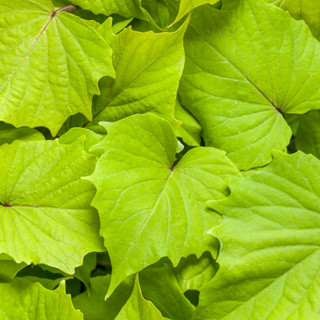 Sweet Potato Vine Care
Sweet Potato Vine Care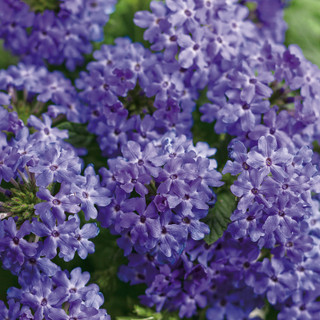 Verbena Care
Verbena Care Vinca Care
Vinca Care Torenia Care
Torenia Care